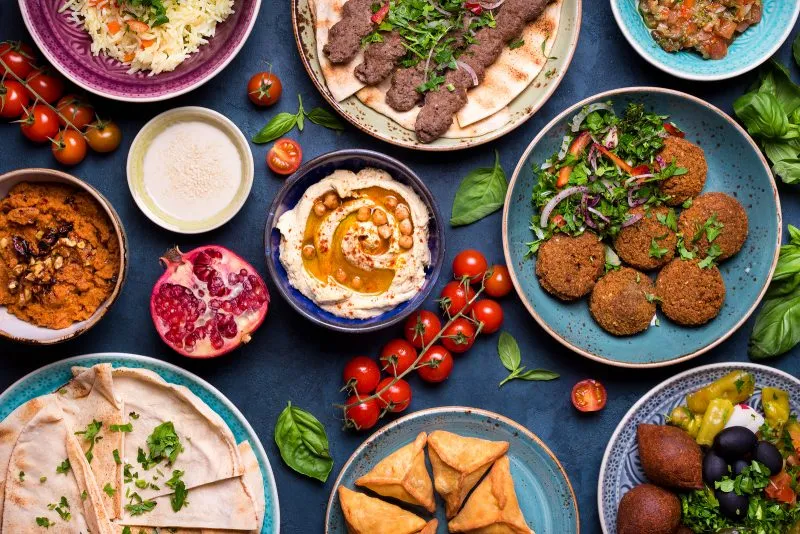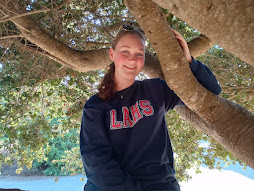Celebrating the Arab American Communities
Traditional Arab foods such as hummus, falafel and tabouleh.
April 28, 2022
During April, Arab culture and the Arab American communities in our nation are recognized and celebrated for their contributions to America. April is a time to learn about Arab culture and traditions.
Contrary to popular belief, the word Arab is not the same as the words Arabic and Arabian. Arab refers to the people, Arabic refers to the Arab language and Arabian refers to the geologic location of Arabia. Another misconception involves the definitions of Middle Eastern and Arab.
ThoughtCo, a website dedicated to education, explains that the two terms are different geological locations.”The Middle East takes in all of North Africa and stretches to the western mountains of Pakistan. The Arab world is somewhere in there. The simplest way to figure out what nations make up the Arab world is to look at the 22 members of the Arab League.” To learn more about common Arab misunderstandings, read “An Arab American April,” another Birdwatch article about Arab American Heritage Month.
Cuisine is a major part of any culture. Examples of Arab foods include hummus, manakeesh (similar to pizza), falafel, tabouleh, fattoush (Arab salad), dolma (stuffed grape leaves) and baklava (Arab layered pastry). Manakeesh (also spelled as manakish) is a flatbread dish with toppings such as cheeses, tomatoes and onions, or za’atar, which is a blend of spices. Dolma is grapevine leaves stuffed with meat and onions or vegetables for a vegetarian alternative. After stuffing the leaves, the dolma is steamed with a bit of lemon.
Henna, geometric or floral designs illustrated on the hands, arms or feet, represents another part of Arab culture. Considered a symbol of good luck and health, Henna uses dye from the henna plant. Other cultures use it as well for dyeing hair and other objects. Henna is especially used during weddings for painting on the bride and groom to celebrate the marriage.
When it comes to representing cultures, Disney has successfully done so with its live-action adaptation of Aladdin, showing Arab architectural designs and other cultural factors. The Breeze, an online news publication from James Madison University, gives some examples: “Jasmine’s wardrobe and the Arab Majlis sofa in her bedroom display traditional silk. But the culture is best represented in the Arab architecture. Jasmine’s room and others have horseshoe arcs with alternating white stone and red bricks as seen in the Mosque of Cordoba in Cordoba, Spain. There’s also intricate, repetitive architectural designs, traditionally made from plaster or wood with geometric symbols, vegetation and calligraphy — all religious designs.”
Arab American Heritage Month is a time to celebrate Arab American contributions to our nation and learn how unique the their culture is. From hummus to henna, Arab American heritage is truly fascinating.


